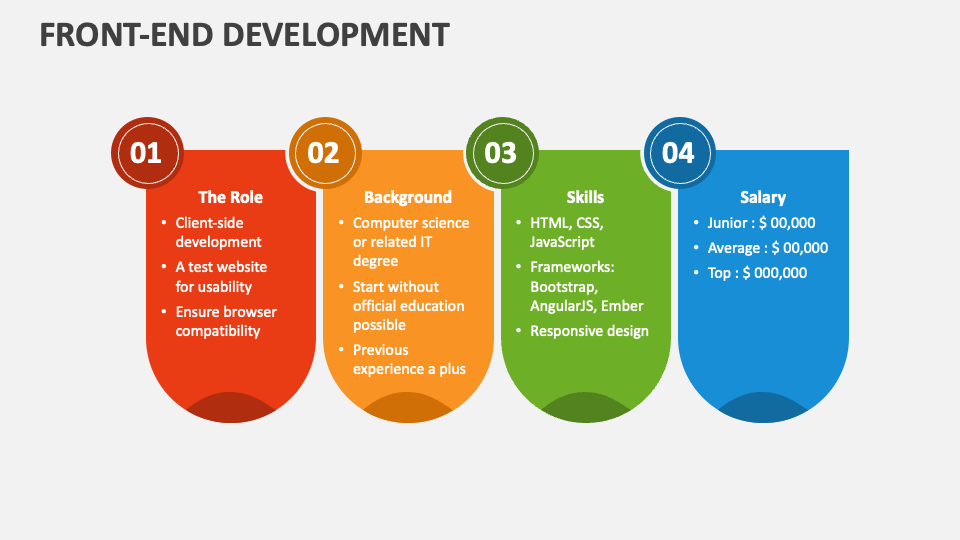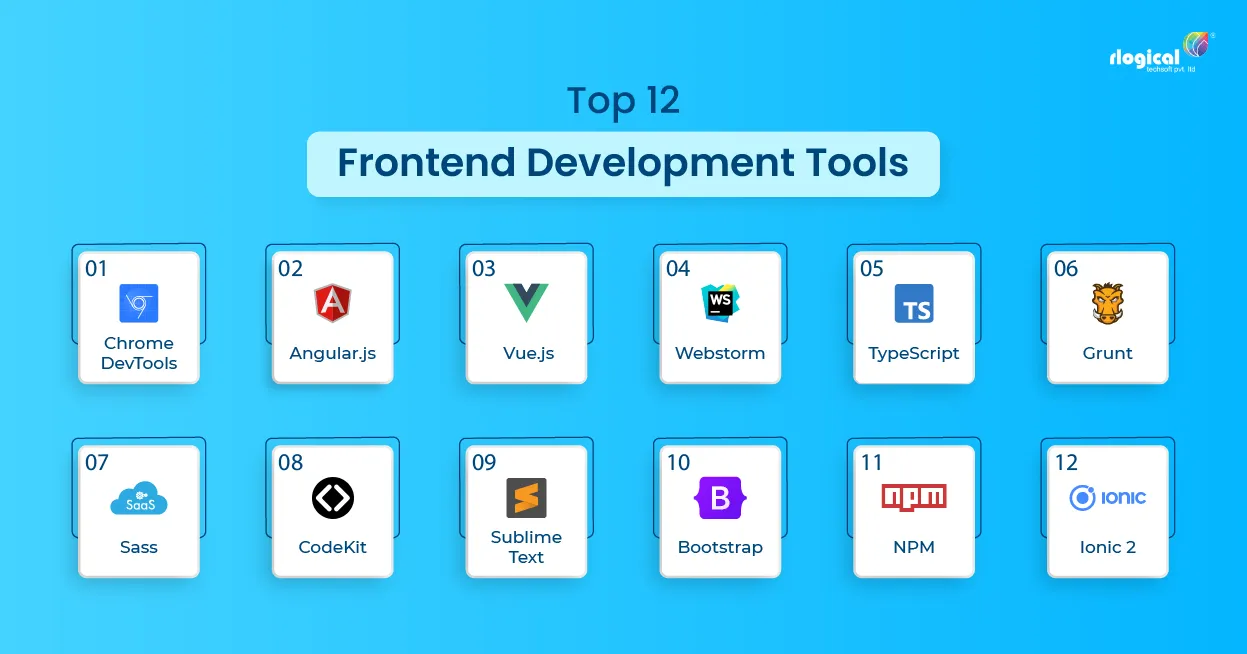Introduction to Frontend Development
Frontend development involves creating the visual part of a website or web application that users interact with. It encompasses designing and implementing the user interface (UI) and ensuring a seamless user experience (UX).
Key Components of Frontend Development

Frontend development involves several key components:
- HTML: The markup language used to create the structure of web pages.
- CSS: The style sheet language used to describe the presentation of a document.
- JavaScript: The programming language used to add interactivity to web pages.
- Responsive Design: Techniques to ensure the website looks good on all devices.
Frontend Development Process

The frontend development process typically involves the following steps:
- Requirement Analysis
- Design and Prototyping
- Development
- Testing
- Deployment
- Maintenance and Updates
Frontend Development Techniques

Several techniques are used in frontend development, including:
- Responsive Design: Techniques like media queries to ensure websites work on different screen sizes.
- Progressive Enhancement: Ensuring basic content and functionality are accessible to all users.
- Performance Optimization: Techniques to improve page load times and responsiveness.
- Cross-Browser Compatibility: Ensuring websites work well across different web browsers.
Frontend Development Tools

Frontend developers use various tools to streamline their workflow:
- Code Editors: Such as Visual Studio Code, Sublime Text, or Atom.
- Version Control: Tools like Git for tracking changes in code.
- Browser Developer Tools: Built-in tools for debugging and testing.
- Build Tools: Such as Webpack or Gulp for automating tasks and optimizing assets.
Applications of Frontend Development
Frontend development is applied in various areas:
- Websites: Creating engaging and interactive websites for businesses and individuals.
- Web Applications: Developing applications that run in the browser, such as productivity tools and social media platforms.
- Mobile Applications: Building responsive web applications that work on mobile devices.
- E-commerce: Designing and developing online stores and shopping experiences.